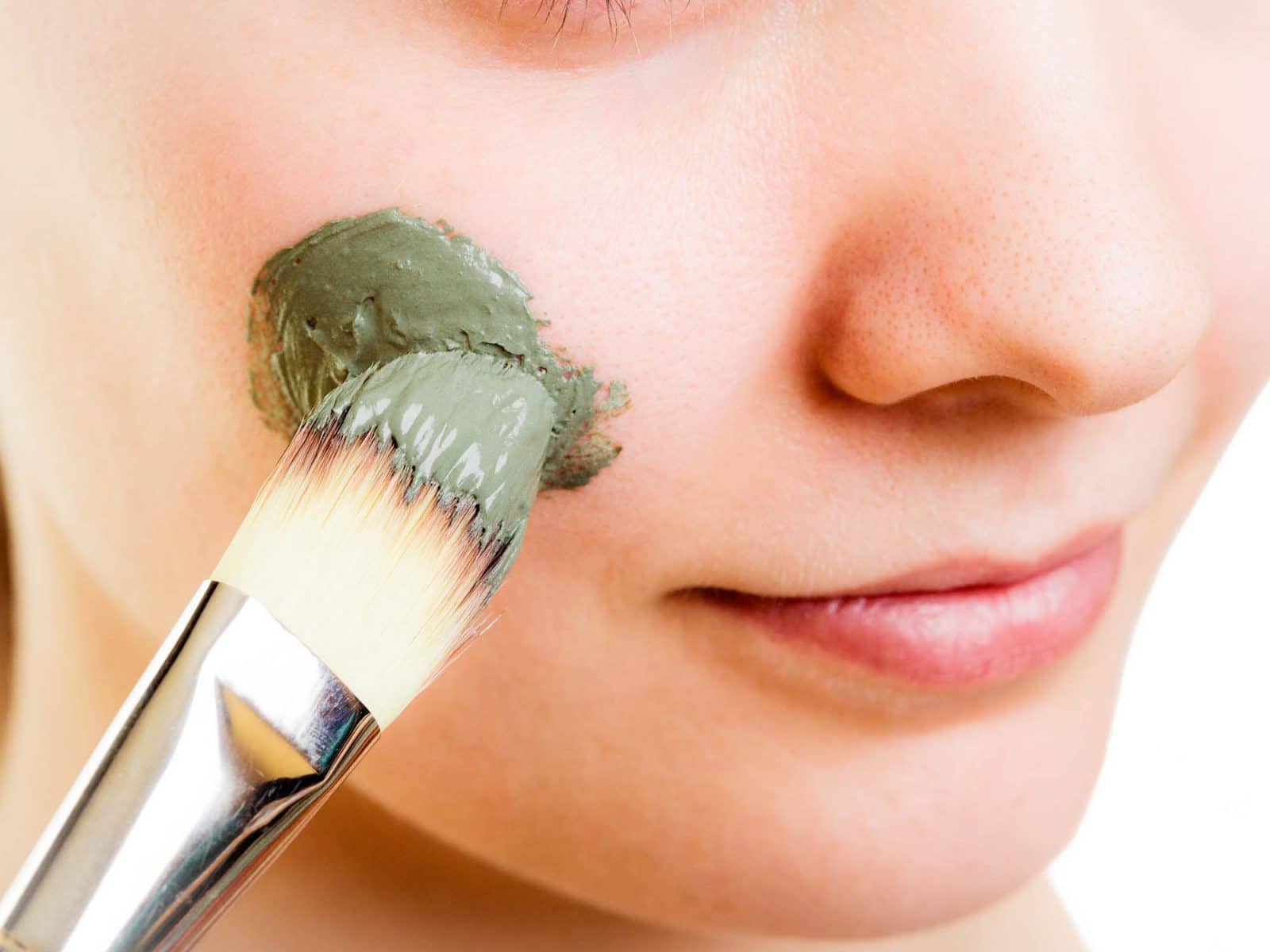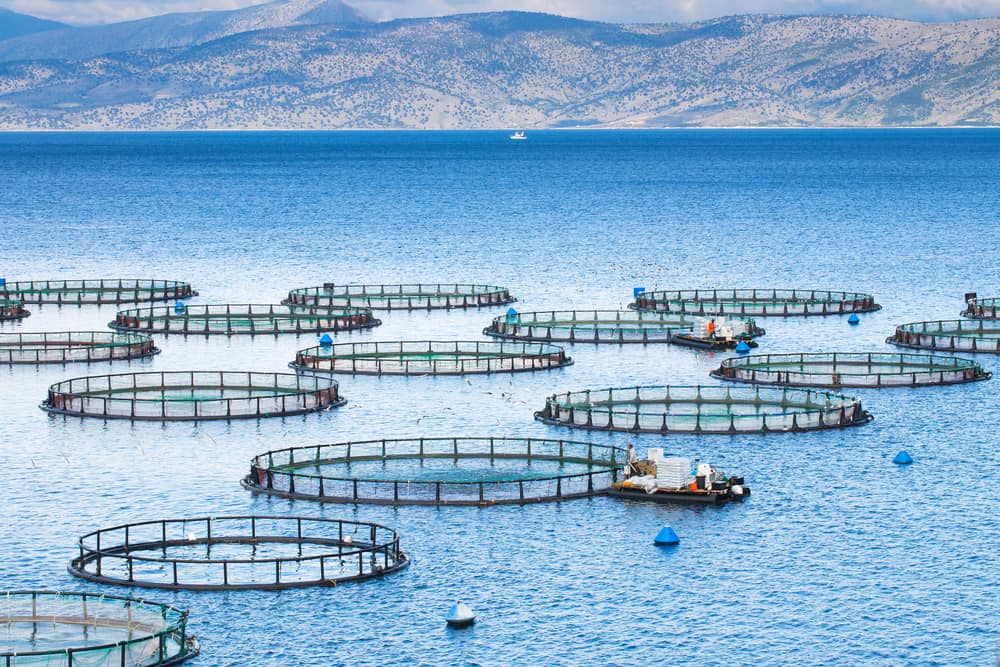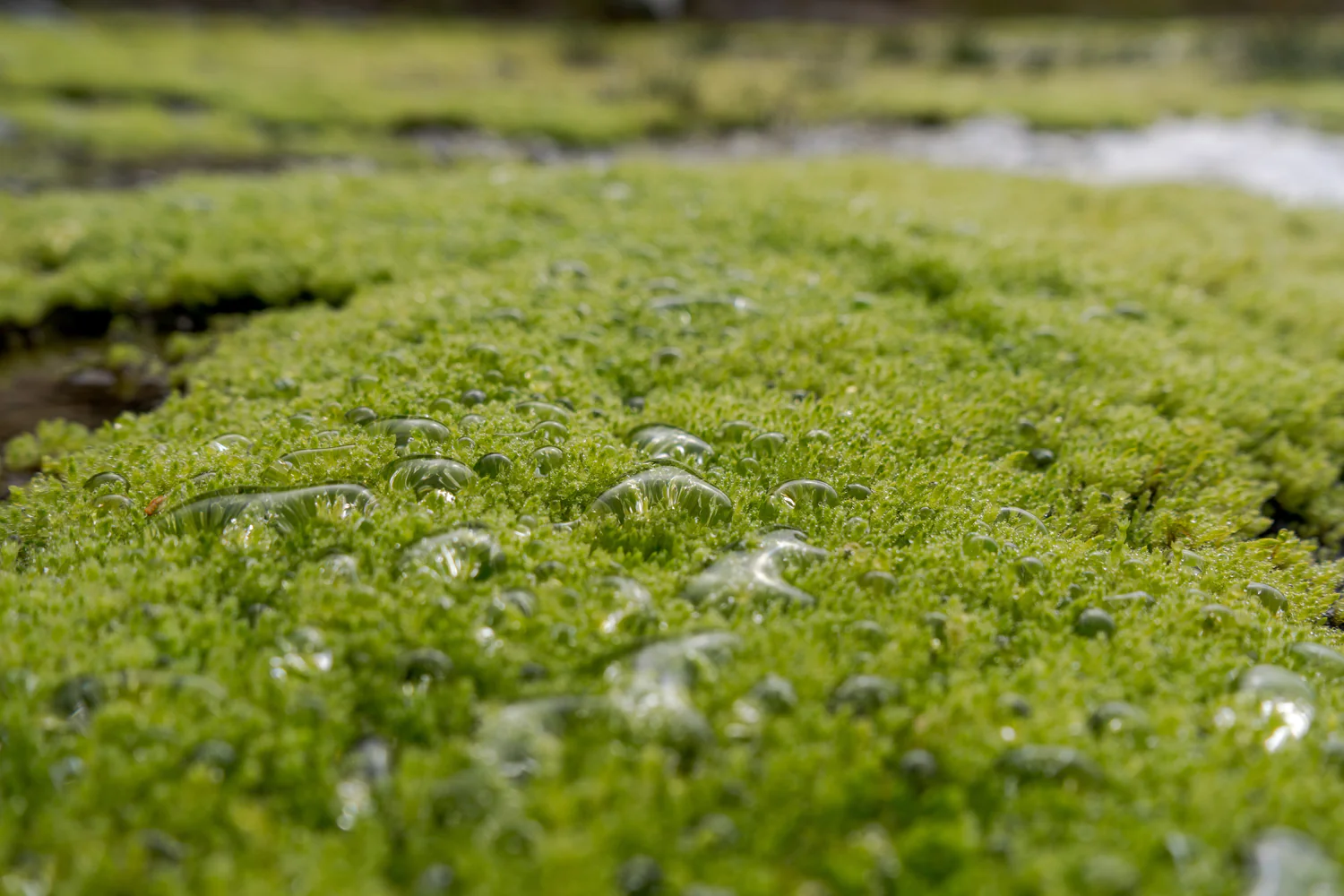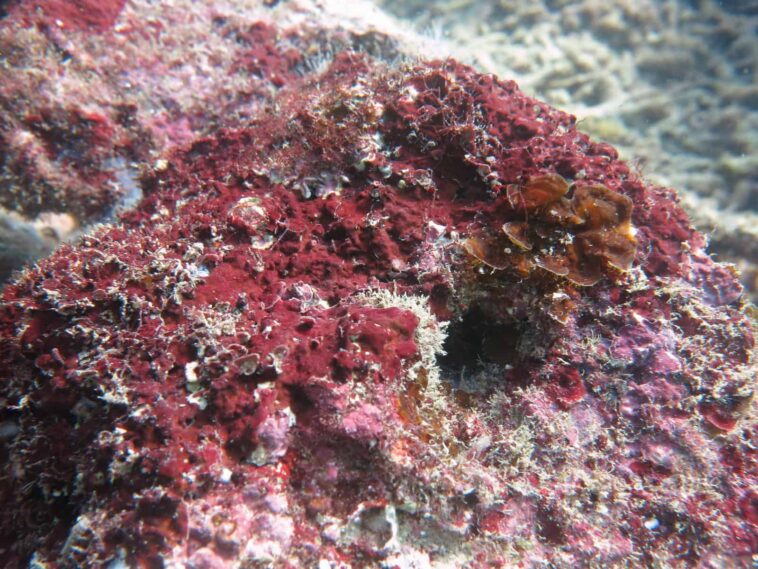Ever wondered what role saltwater algae types play beyond just floating around in the sea? You’re in for a surprise!
Saltwater algae aren’t just oceanic decorations; they’re power-packed players in our ecosystem and have some stunning uses that benefit us land-dwellers too. From fueling our bodies with nutrition to fighting against climate change, these aquatic wonders do it all.
Dive into this article, and you’ll discover the multifaceted world of saltwater algae that’s been quietly supporting life on Earth in more ways than one!
Food and Nutrition
Saltwater algae, like spirulina and chlorella, are superfoods packed with vitamins, minerals, and proteins. They’re a great source of nutrients for vegetarians and vegans because they contain essential amino acids and vitamin B12, which are often lacking in plant-based diets. These algae are easy to add to your meals, whether you sprinkle them on your salad or blend them into a smoothie.
One of the best things about a macro algae tank is its high concentration of omega-3 fatty acids. These good fats are important for brain health and can help keep your heart in tip-top shape. Plus, algae-based omega-3 supplements are a sustainable alternative to fish oil, making it a win for both health-conscious folks and the environment.
Cosmetics and Skincare

In the world of cosmetics and skincare, saltwater algae are total game changers, especially when it comes to hydration and anti-aging benefits. These oceanic plants are used in a variety of products because they are rich in antioxidants and vitamins that help to nourish and protect the skin. Algae extracts can be found in everything from moisturizers and serums to masks and scrubs, helping to give your skin a fresh, revitalized look.
Furthermore, they’ve got this unique ability to help with skin moisture retention, which means they’re awesome for anyone struggling with dry skin. You’ll often see ingredients like algae oil in products designed to soothe sensitive or irritated skin without causing breakouts or greasiness. People are turning to algae-infused skincare lines because they’re gentle, effective, and sourced from nature, which is pretty reassuring in a world full of artificial ingredients.
Bioremediation
Algae are not just good for us; they’re also champions of the environment. These little green heroes have a knack for cleaning up our messes, particularly in the water. They work by absorbing excess nutrients and heavy metals from the water, which helps to improve the quality and clarity of our oceans and lakes.
In places where water has been contaminated, introducing certain types of saltwater algae can kickstart a natural cleanup process. This process, known as bioremediation, is a sustainable way to deal with pollution without using harsh chemicals. It’s an incredible, eco-friendly solution that supports the health of our water ecosystems.
If you’re interested in how red algae can contribute to bioremediation efforts, you might want to learn more about red spaghetti. It’s a fascinating topic that highlights the many ways in which algae can benefit our world.
Biofuel Production
Ready for yet another cool use for saltwater algae? Let’s talk biofuel. These tiny plants are powerhouses when it comes to creating an alternative energy source that’s kinder to our planet. Algae-based biofuels burn cleaner than fossil fuels, which means they release fewer pollutants into the air – that’s a breath of fresh air for our environment!
The process of turning algae into fuel is fascinating. They’re grown in large quantities, harvested, and then processed to extract oils which can be turned into biodiesel. This biodiesel can power up engines, and heating systems, and could even be the future fuel for your car!
Agar and Carrageenan Production
Some types of red algae are used to make agar and carrageenan, which are commonly used in the food business to thicken and stabilize foods. Gelatin comes from animal goods, but agar, which is often used to make jellies and desserts, can be used instead. Carrageenan is often found in dairy goods like yogurt and ice cream. It helps make the texture creamy and smooth without changing the taste.
Additionally, these items are used in the cosmetics and drug businesses. Agar is used in medicines to help people go to the bathroom and to grow bacteria and fungi. On the other hand, carrageenan is used to thicken toothpaste and personal lubricants so that the texture stays the same and is easy to control.
Aquaculture and Animal Feed

When we talk about aquaculture, picture farming that takes place in the water. Algae that live in salt water are very important to this process because they feed fish and crab farms healthy food. Marine animals need these algae to get the nutrients and energy they need to grow, which in turn makes sure that people will always be able to eat fish.
Aside from fish, saltwater algae are also changing the way chickens and other animals eat. Farms make meat, eggs, and dairy goods healthier by adding algae to the food they feed their animals. This not only makes the animals healthier and helps them grow, but it also makes the food we eat better.
Fertilizers and Soil Conditioners
As fertilizers and soil conditioners, algae are making waves in the world of farmland. They’re also useful above ground. Farmers can improve the health of the soil, which is important for plant growth, by adding them to it. We will have stronger trees, more food, and food that is better for us.
These plants that live underwater have a lot of minerals that can be released slowly over time. This makes them a slow-release fertilizer. This lets plants get the nutrients they need when they need them without damaging the surroundings by giving them too much food. Plus, using them as soil conditioners can help the soil hold more water, which is very helpful in places that are prone to dryness.

Ride the Wave of Innovation With Saltwater Algae Types
So, there you have it, folks. Isn’t it amazing how saltwater algae types are kind of like the unsung heroes of both our planet and our everyday lives? They’re out there in the ocean, not just making the scenery pretty, but doing a whole lot of good.
From boosting our health to protecting our environment, and even changing the way we produce energy, these mighty little plants are a big deal. Next time you’re at the beach, give a little nod to the algae; they deserve it!
Did you find the information in this article helpful? If so, be sure to check out our blog for more valuable resources.




